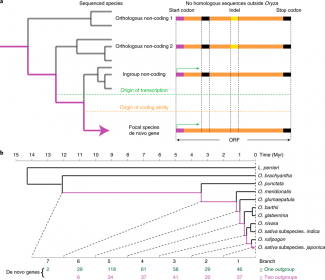
Rapid evolution of protein diversity by de novo origination in Oryza (Nature Ecol Evol)
The de-novo origin of new protein-coding genes from non-coding regions of plant genomes is a contributor to protein diversity, although it has been difficult to quantify to what extent this process occurs. High quality reference genome maps, deep transcriptome and targeted proteome sequencing are requisite…
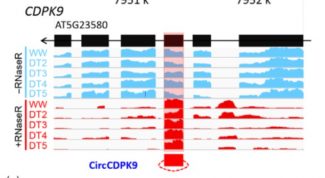
A large‐scale circular RNA profiling reveals universal molecular mechanisms responsive to drought stress in maize and Arabidopsis ($)
Recently, a novel class of noncoding RNAs named circular RNA (circRNA) has been shown to play roles in transcriptional regulation of gene expression in plants. However, a complete picture of circRNAome and their regulatory roles in controlling the stress response of plants was lacking. To address this,…
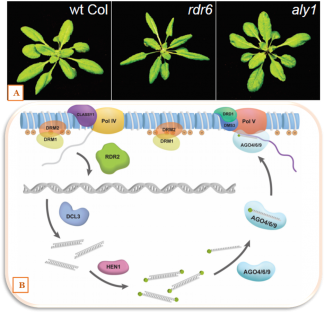
The RNA export factor ALY1 enables genome-wide RNA-directed DNA methylation (Plant Cell)
The epigenetic control of gene expression is crucial for genomic stability and allows the defence against invading DNA that for instance could be derived from viruses or transposable elements. In this context, the RNA-directed DNA methylation (RdDM) plays an essential role in silencing of genes via epigenetically…
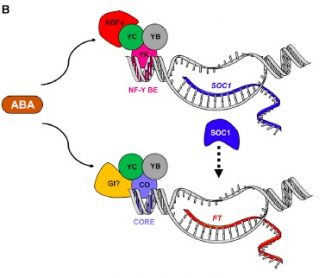
ABA mediated drought-accelerated flowering ($) (Mol Plant)
One of the most plastic developmental process in plants is the timing of flower initiation. Plants select favourable conditions to achieve reproductive success. Light and temperature are continuously monitored through molecular mechanisms that are still poorly understood. Drought escape (DE) is an adaptive…
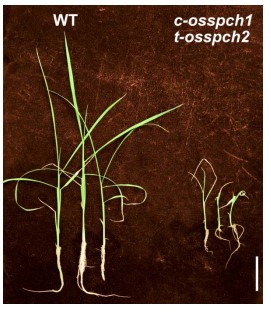
Multiple transcriptional factors control stomata development in rice (New Phytol) ($)
In the model plant Arabidopsis, stomatal development occurs in a scattered pattern with that avoids direct contact between them. In rice and other monocots, the stomata are distributed in a uniformly oriented manner. Such unique patterning and morphology of stomata intrigued Wu et al. to examine if the…
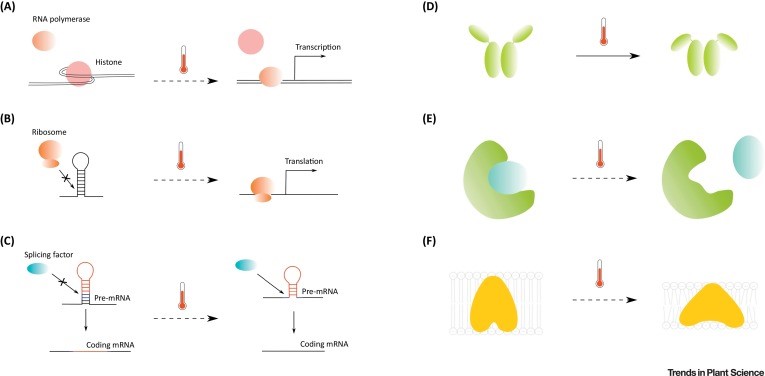
Opinion. Feeling the heat: Searching for plant thermosensors (Trends Plant Sci)
How does a plant sense the elevation in atmospheric temperature? What are the missing links betweena rise in atmospheric temperature, its sensing, and responses triggered? Vu et al. discuss how conformational and structural changes of DNA, RNA and proteins could be the sensors to temperature change.…
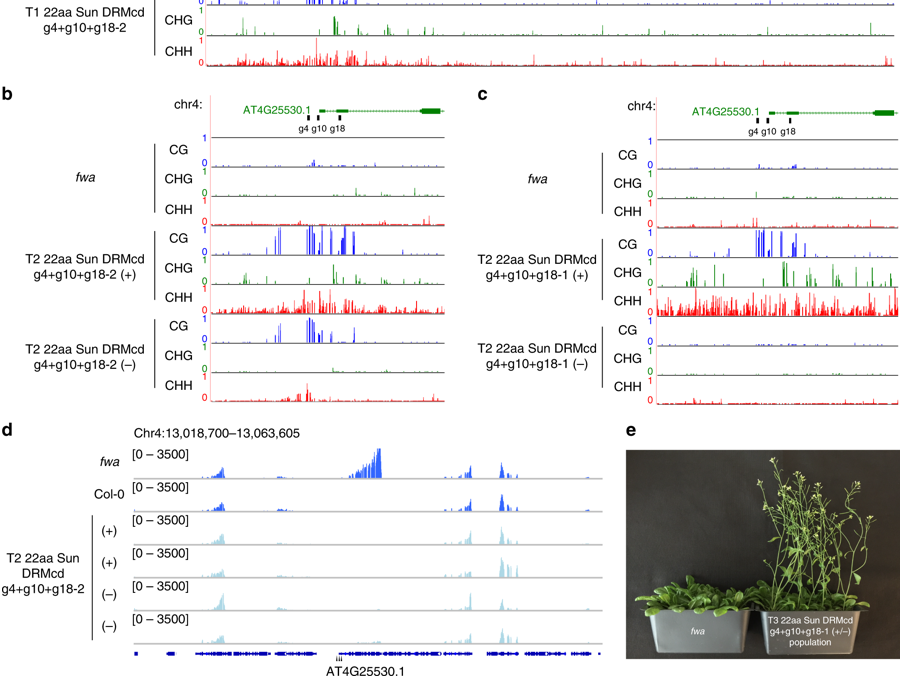
Site-specific manipulation of Arabidopsis loci using CRISPR-Cas9 SunTag systems (Nature Comms)
Steve Jacobsen’s group has been developing a broad range of synthetic biology tools to interrogate DNA-methylation in plants (see Gallego-Bartolomé et al., 2018, and Gallego-Bartolomé et al., 2019). Among them, they use the CRISPR-Cas9 SunTag system, in which the dCas9 protein is fused to SunTag,…
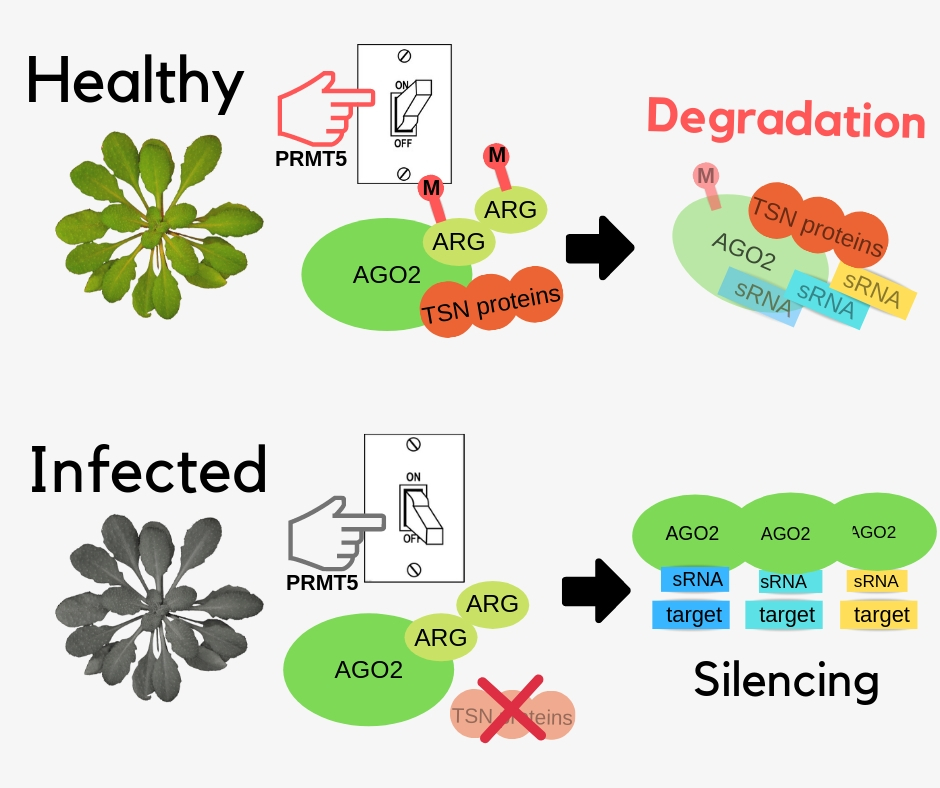
Dual regulation of Arabidopsis AGO2 by arginine methylation (Nature Comms)
Plants have natural mechanisms against pathogen infections. Post-translational modifications (PTMs) on key proteins involved in RNAi pathways are needed to control these immune responses. Argonaute (AGO) proteins are targets of PTMs to direct the silencing of genes. Here, Hu et al. identified the role…
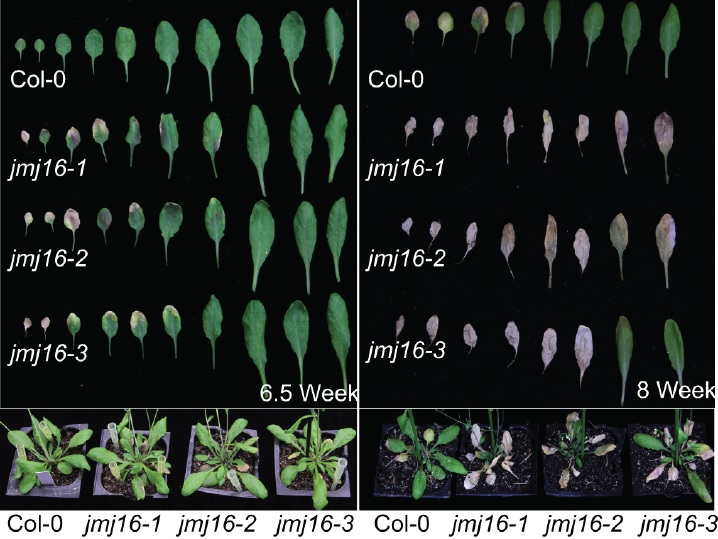
Leaf senescence in Arabidopsis thaliana is regulated by a histone H3K4 demethylase (Plant Cell)
Leaf senescence is the final stage of leaf development where the organ turns yellow and programmed cell death occurs. While it is generally understood that the regulation of senescence associated genes (SAGs) is dependent on the trimethylation of histone H3 at lysine 4 (H3K4me3), the exact mechanism…

